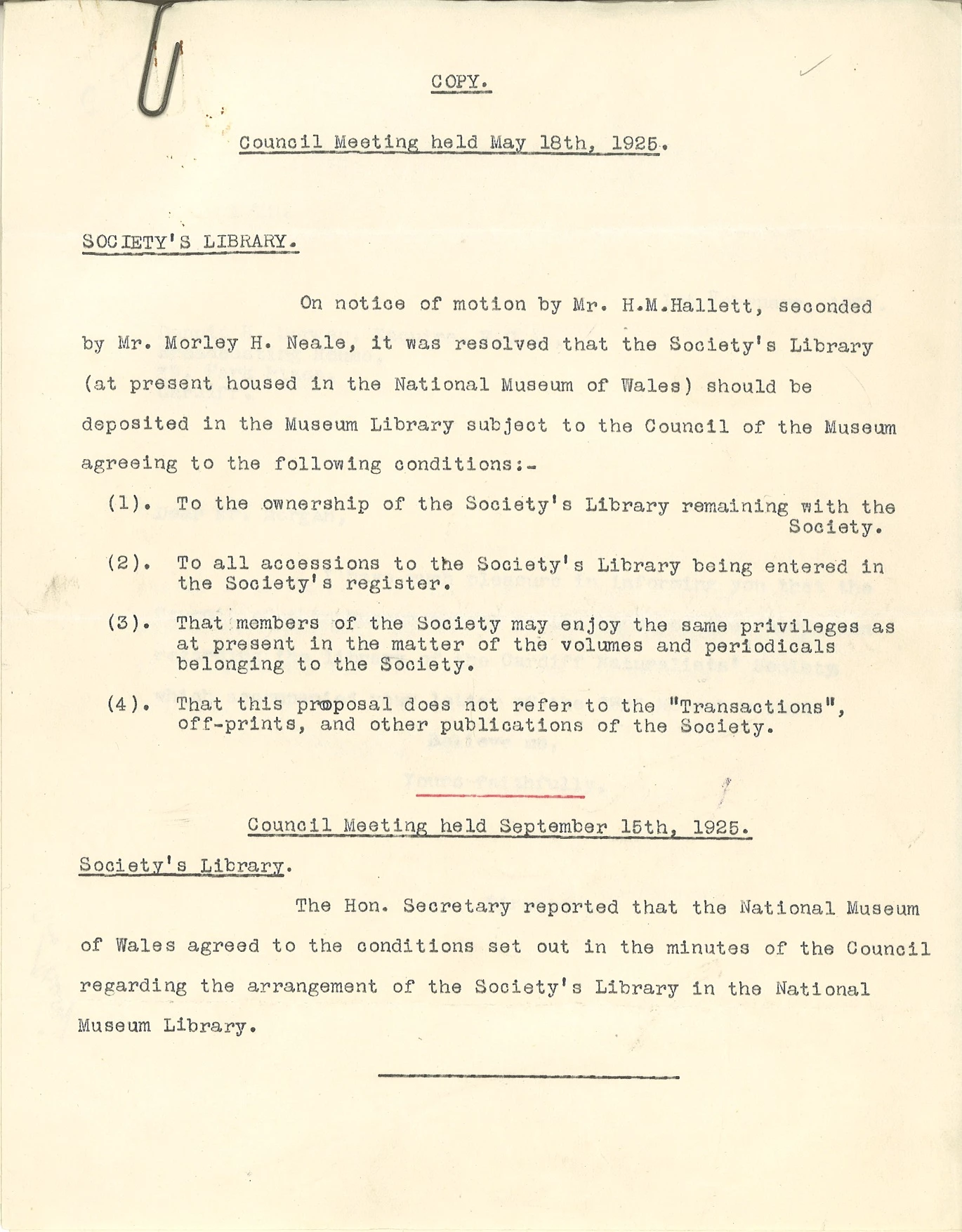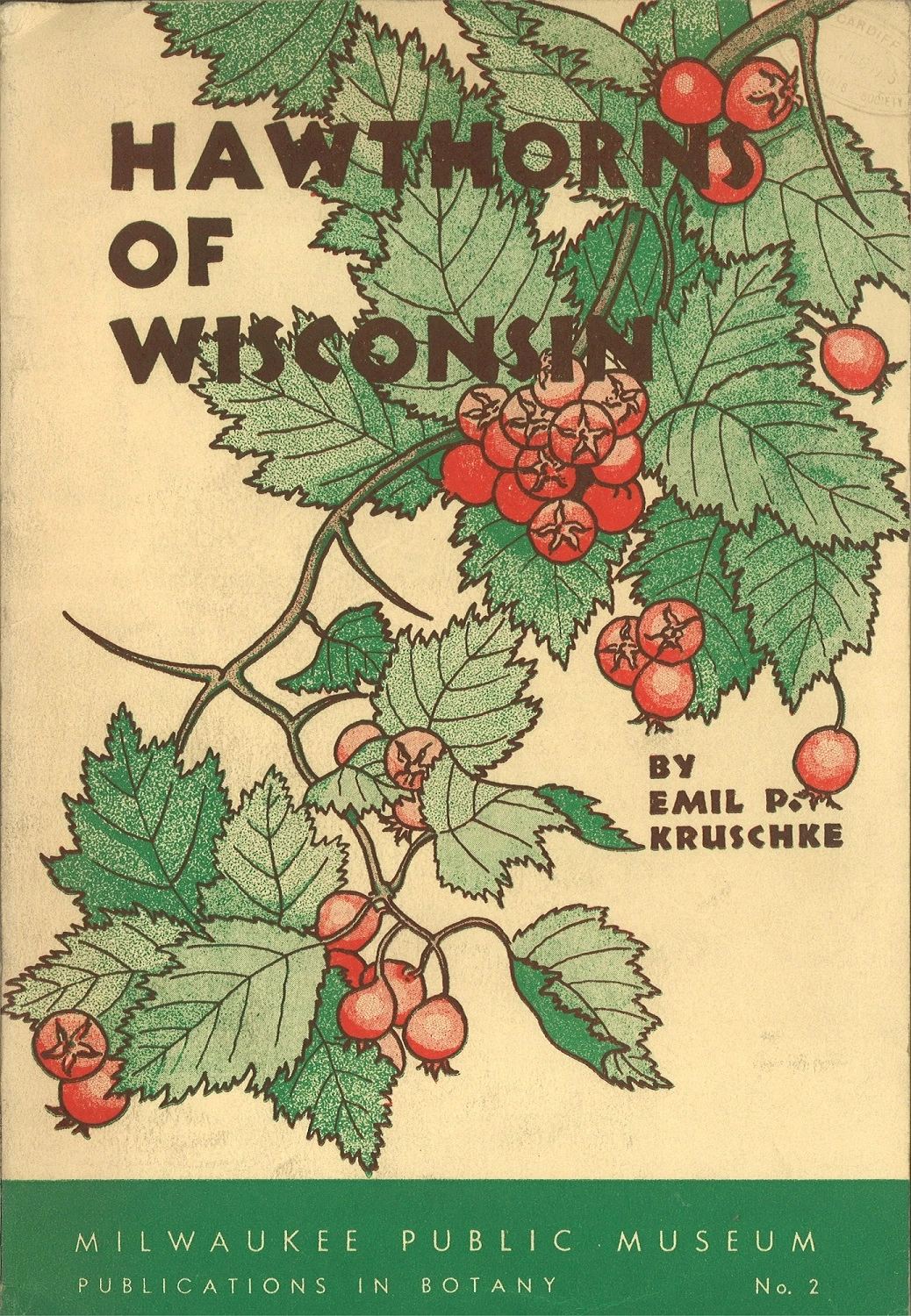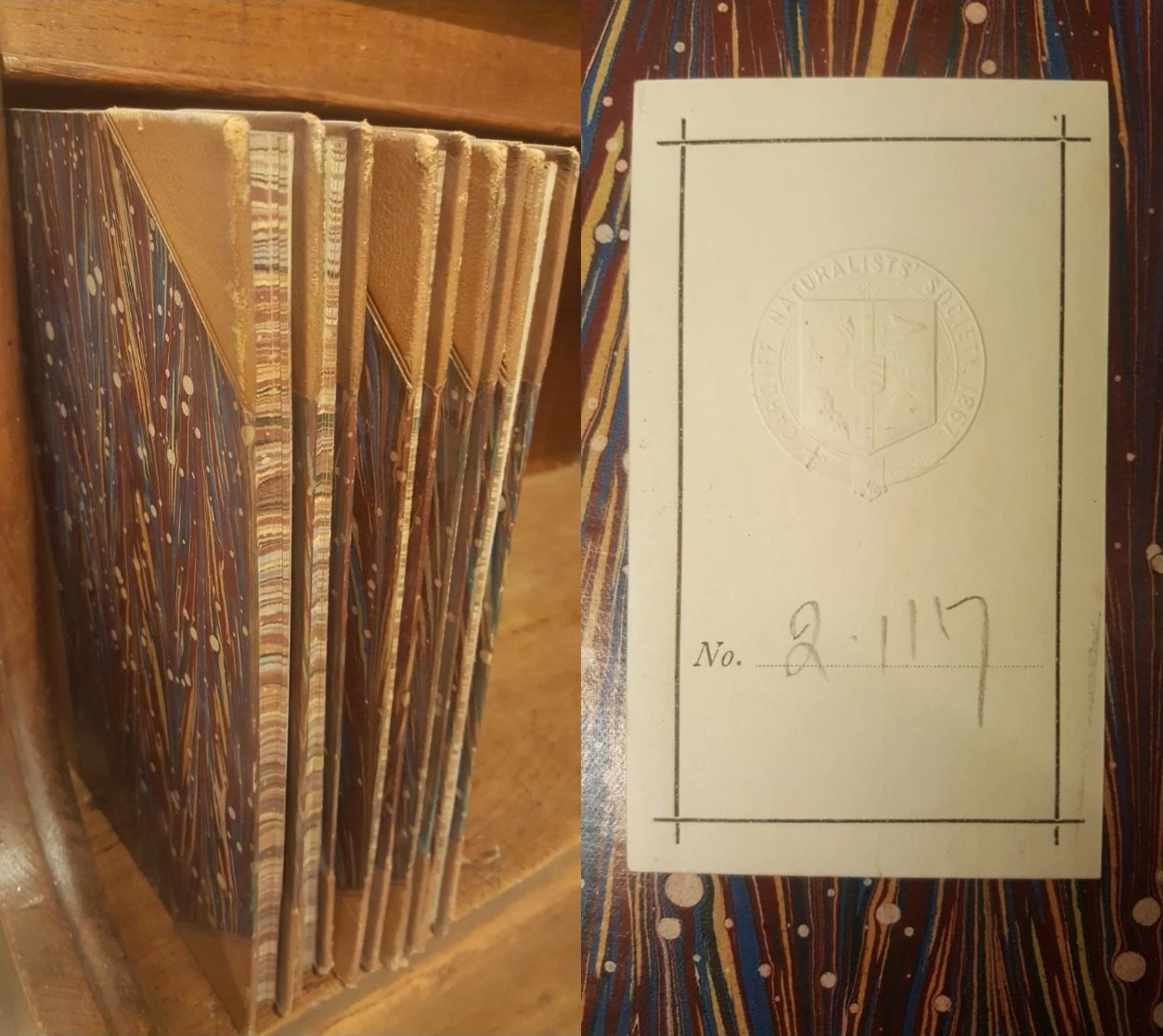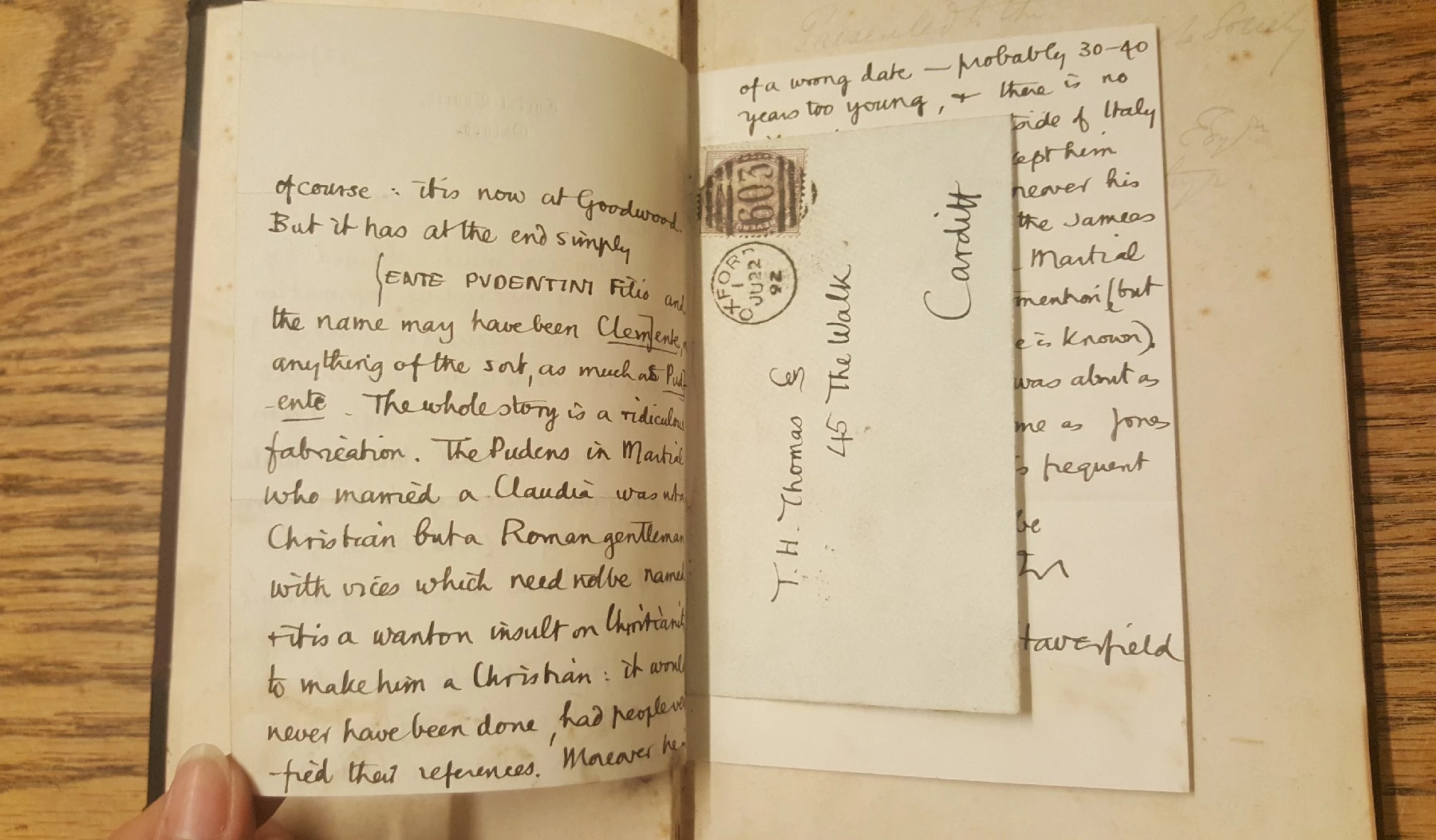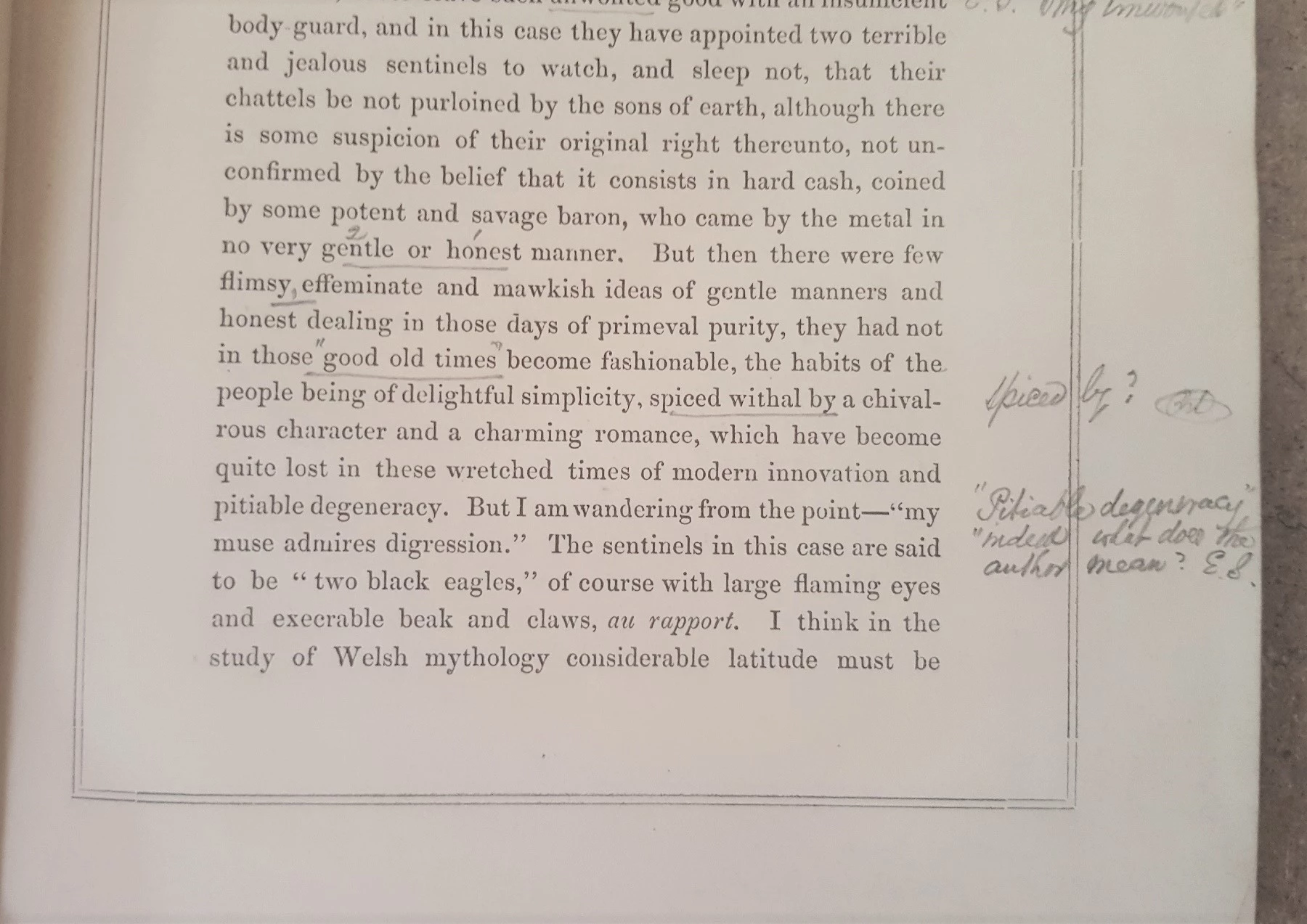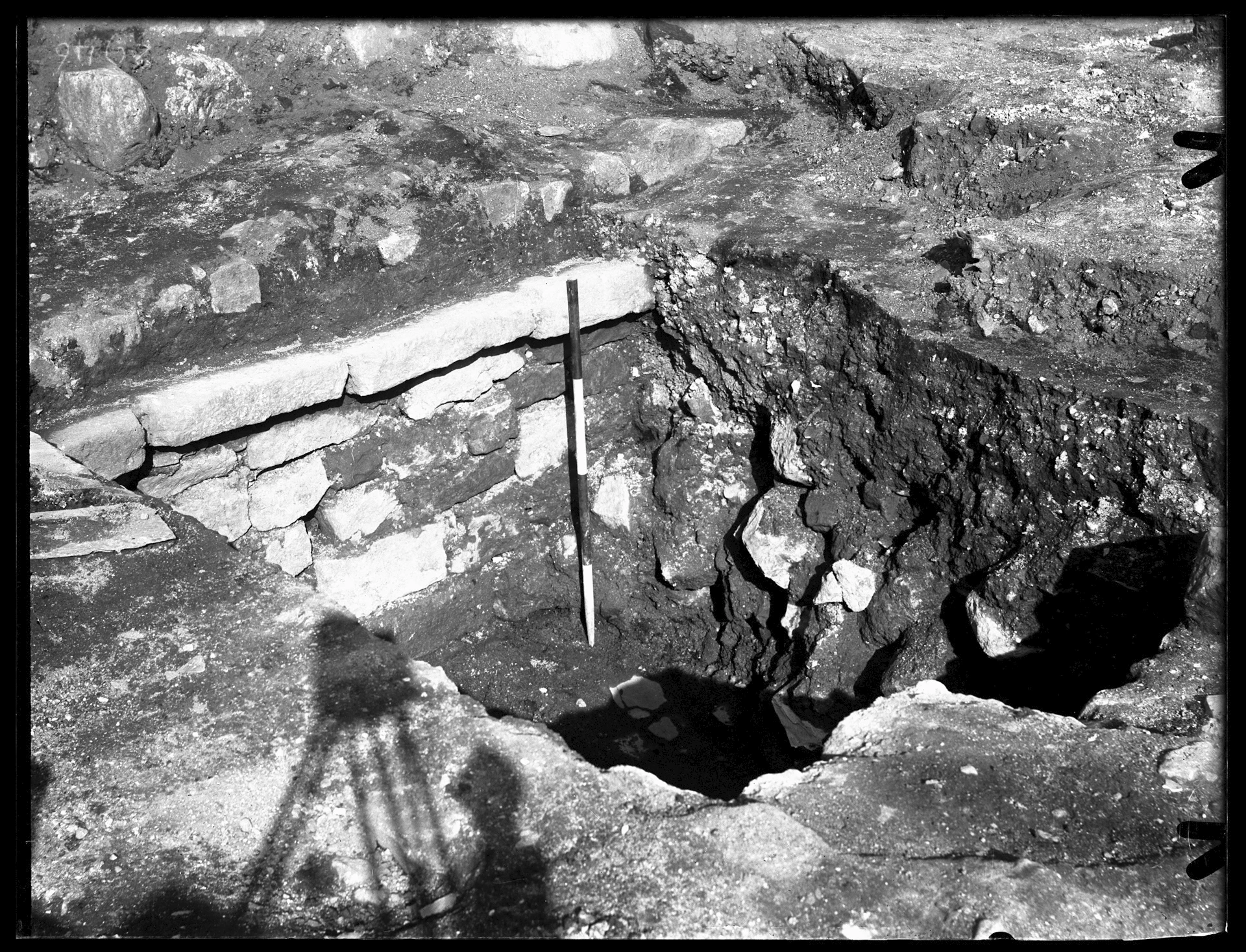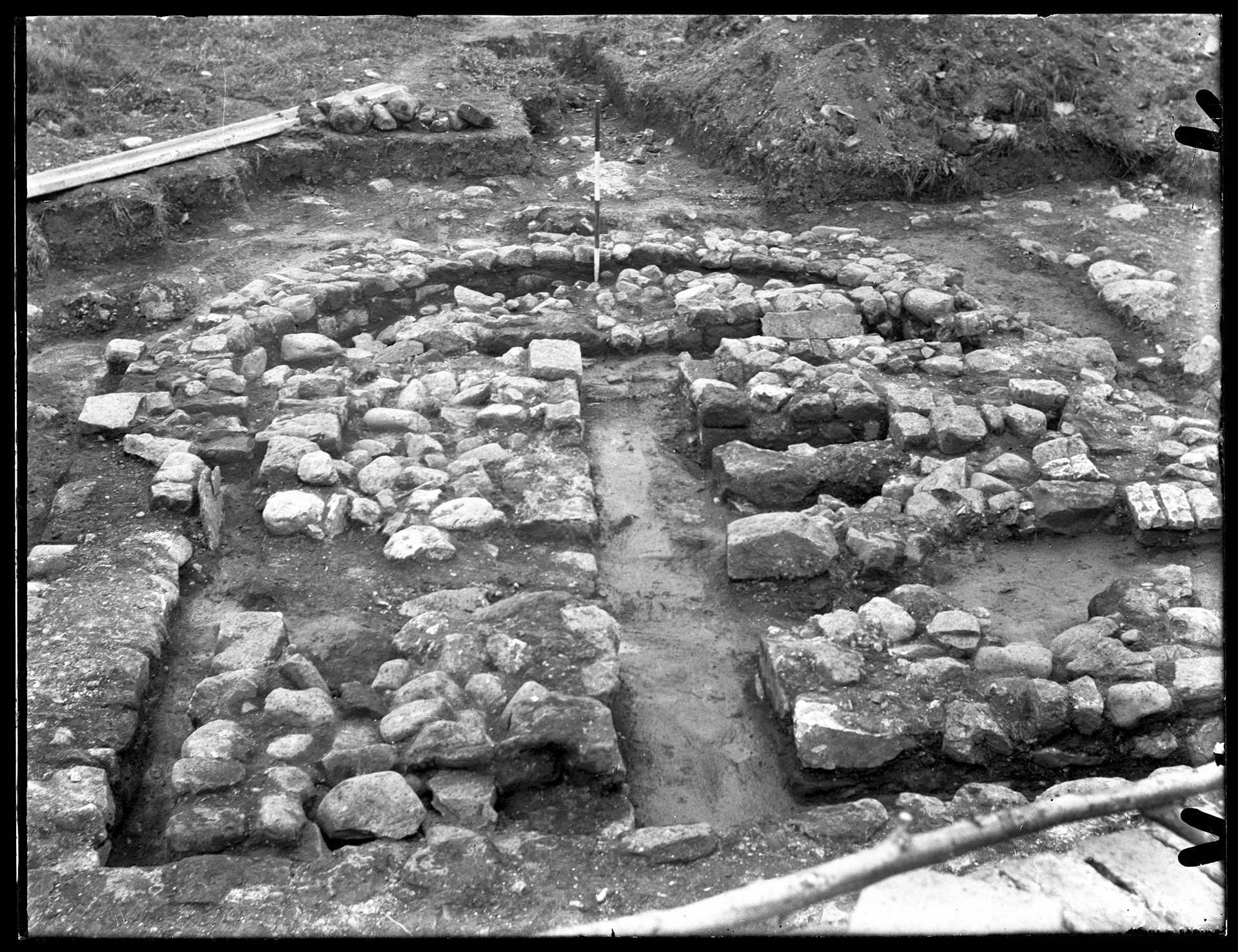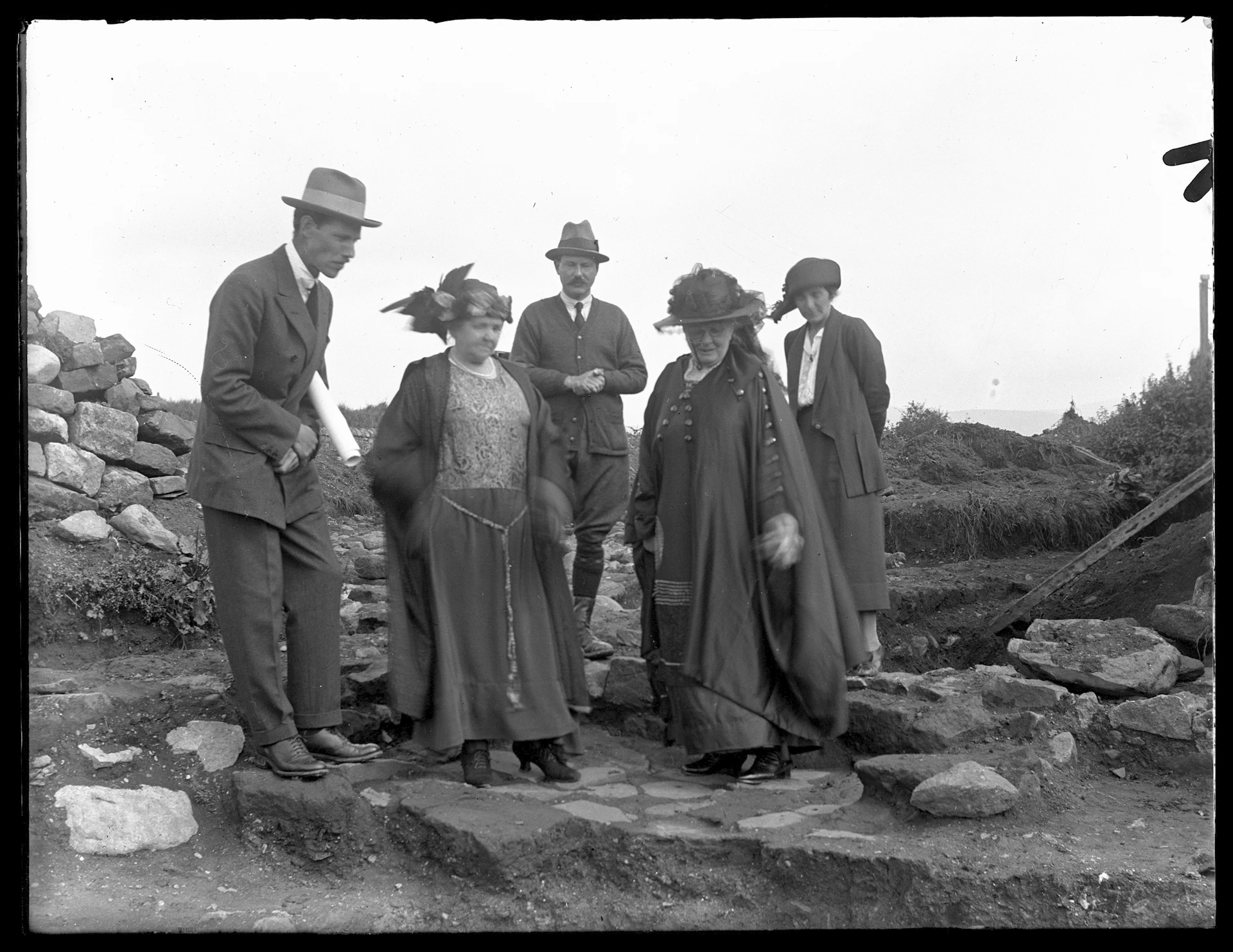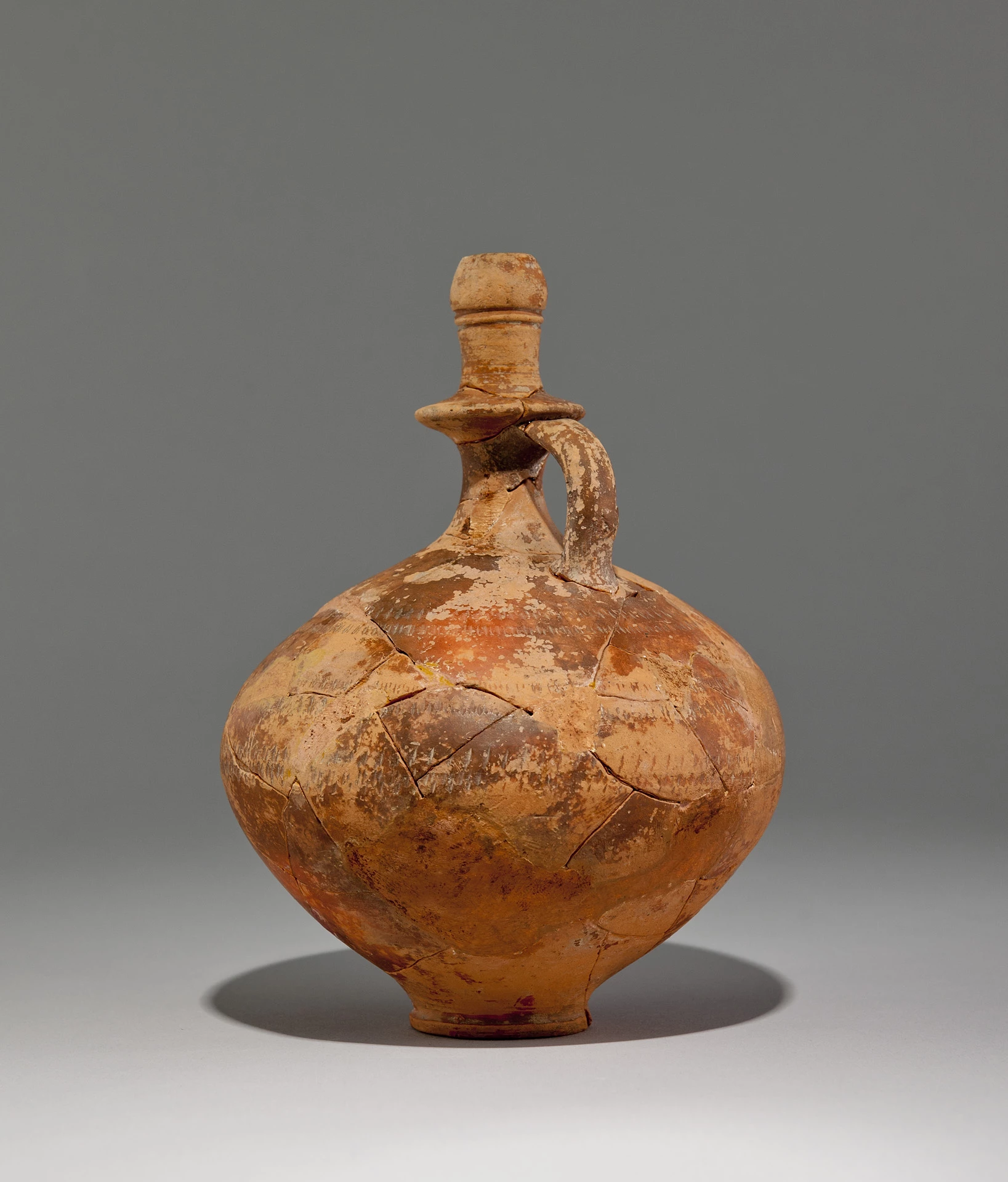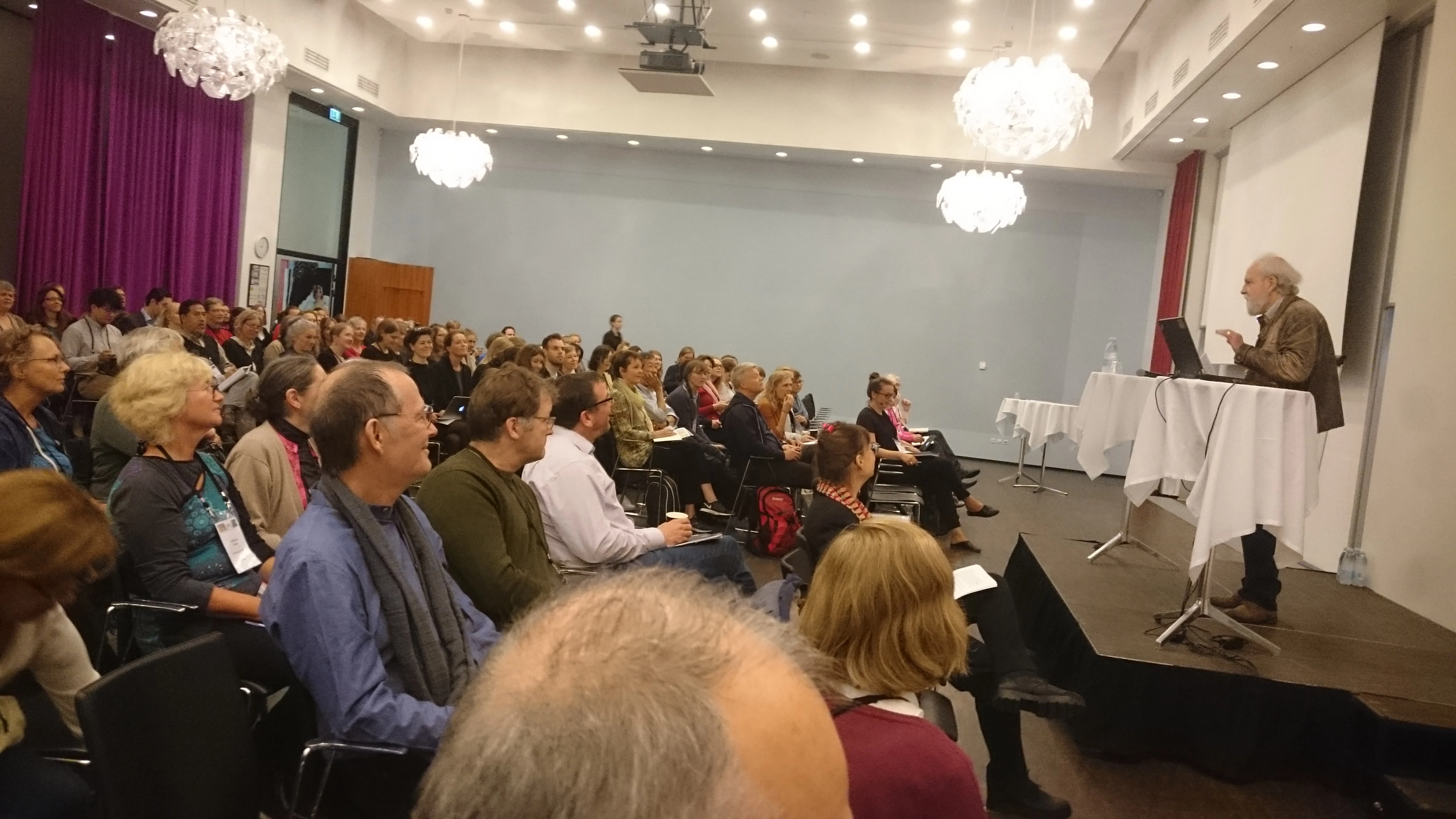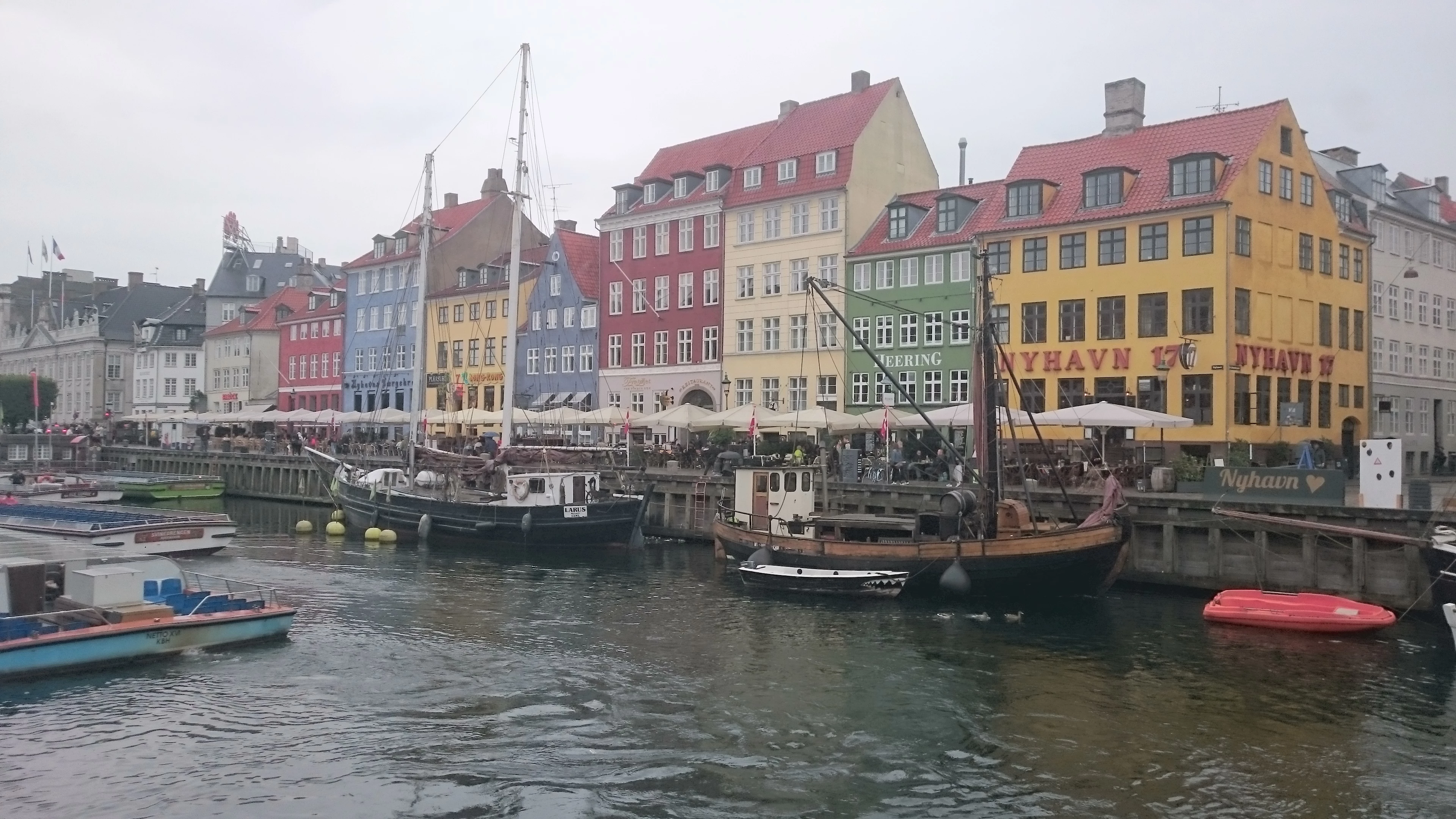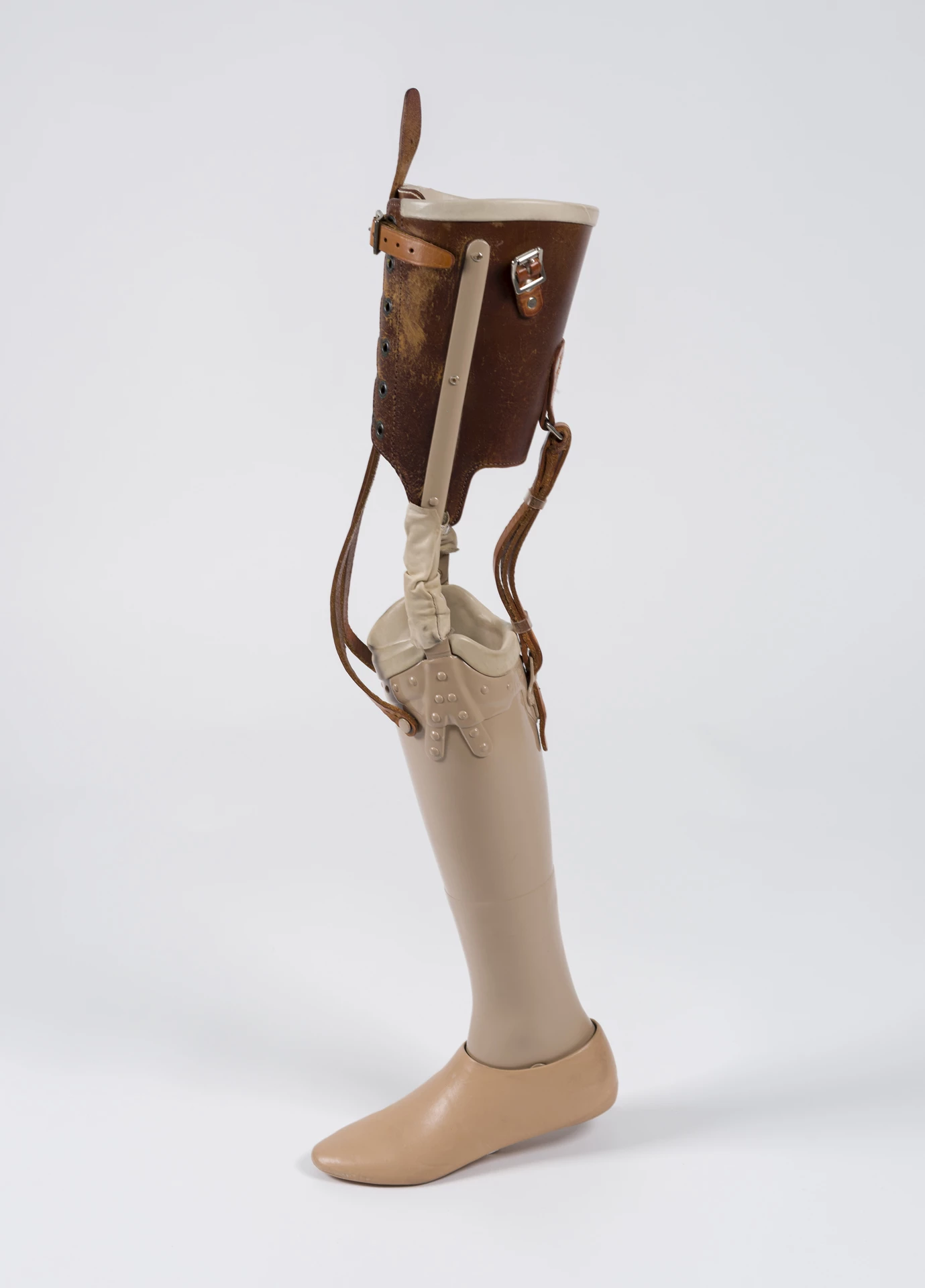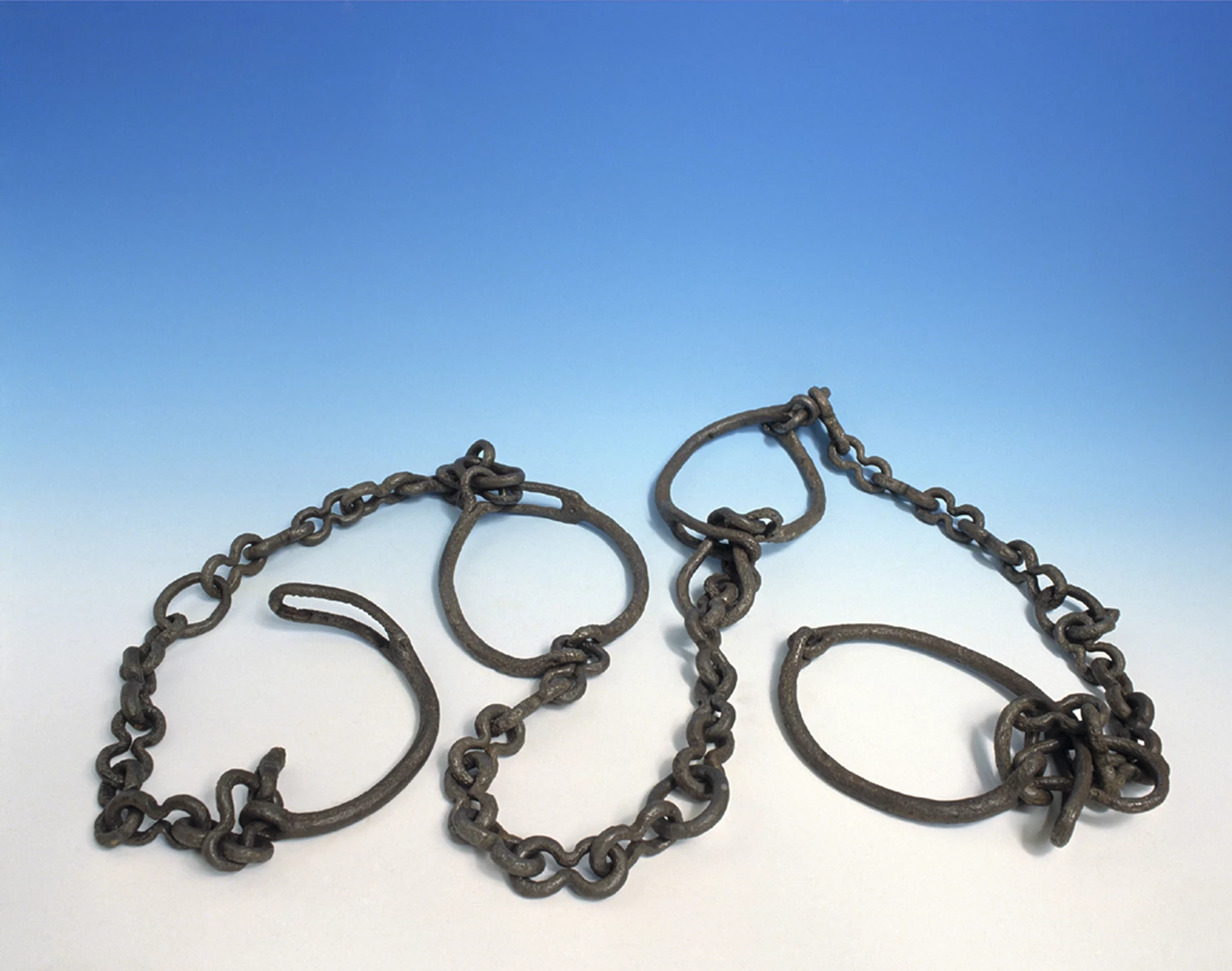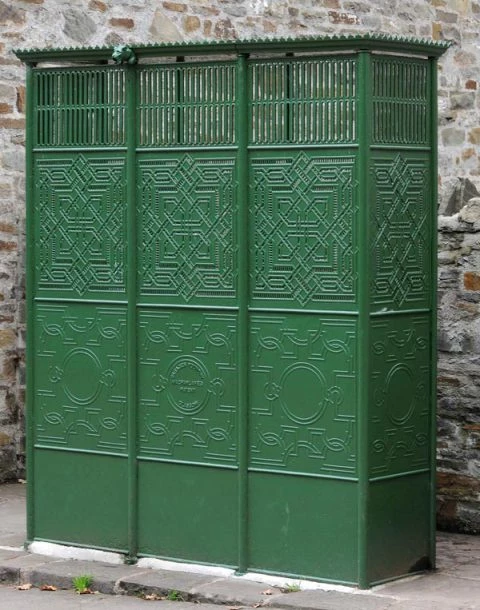Archibald H. Lee - National Museum Wales' first Secretary 1909-1953
, 9 November 2017
Archibald H. Lee was the first Secretary appointed to National Museum Wales in 1909 and held the post for 44 years. His professional life began in 1899 when he entered the service of the Cardiff Corporation as a junior clerk in the old Town-hall on St Mary Street. During this time he would have worked on the City’s case for the establishment of a National Museum, so it must have been gratifying for him to join the fledgling staff of the new Museum.
After a few quietly productive years, the outbreak of WWI saw a large number of staff leave the museum for military service and Lee was no exception. He commanded a company of the 5th Welch Regiment and was awarded the Military Cross after the Battle of Gaza.
After the war, Lee resumed his position as Secretary and the Library holds a great number of photographs showing him at the forefront of important events and gatherings. In 1927 the new building at Cathays Park was officially opened by King George V and Queen Mary and Lee lead the Royal party up the steps to officially knock on the door with the ceremonial staff.
He established a life time bond with the Cardiff Naturalists’ Society when he joined in 1909, going on to hold the posts of Honourable Secretary, Council Member, President [1931-2] and finally Honorary Member in 1954. Some highlights during these years were helping to organize and celebrate the Society’s Diamond Jubilee, contributing an article titled Museums in Cardiff for the Society Transactions [1932] and being awarded the Honorary Degree of M.A. by the University of Wales [1937].
During WWII, he was an active member of the 16th Glamorgan Home Guard ‘National Museum Wales Section’. The Museum suffered some damage through enemy air raids on Cardiff and extensive precautions were implemented to protect the collections. These involved the transfer of important specimens to the basement strong room, sandbagging of sculptural and bulky exhibits, the protecting of all glass cases and windows with gummed strips, and night time ‘fire-watch’ duties, all of which Lee would most likely have been involved in.
In 1953 Lee retired as Secretary with a civic luncheon held in his honour and the award of an O.B. E [Officer of the British Empire].
He passed away in 1970, aged 87 years.
![National Museum Wales Heads of Departments 1922 [Lee is third in from the left]](/media/43208/version-full/NMW-HODs-1922.webp)
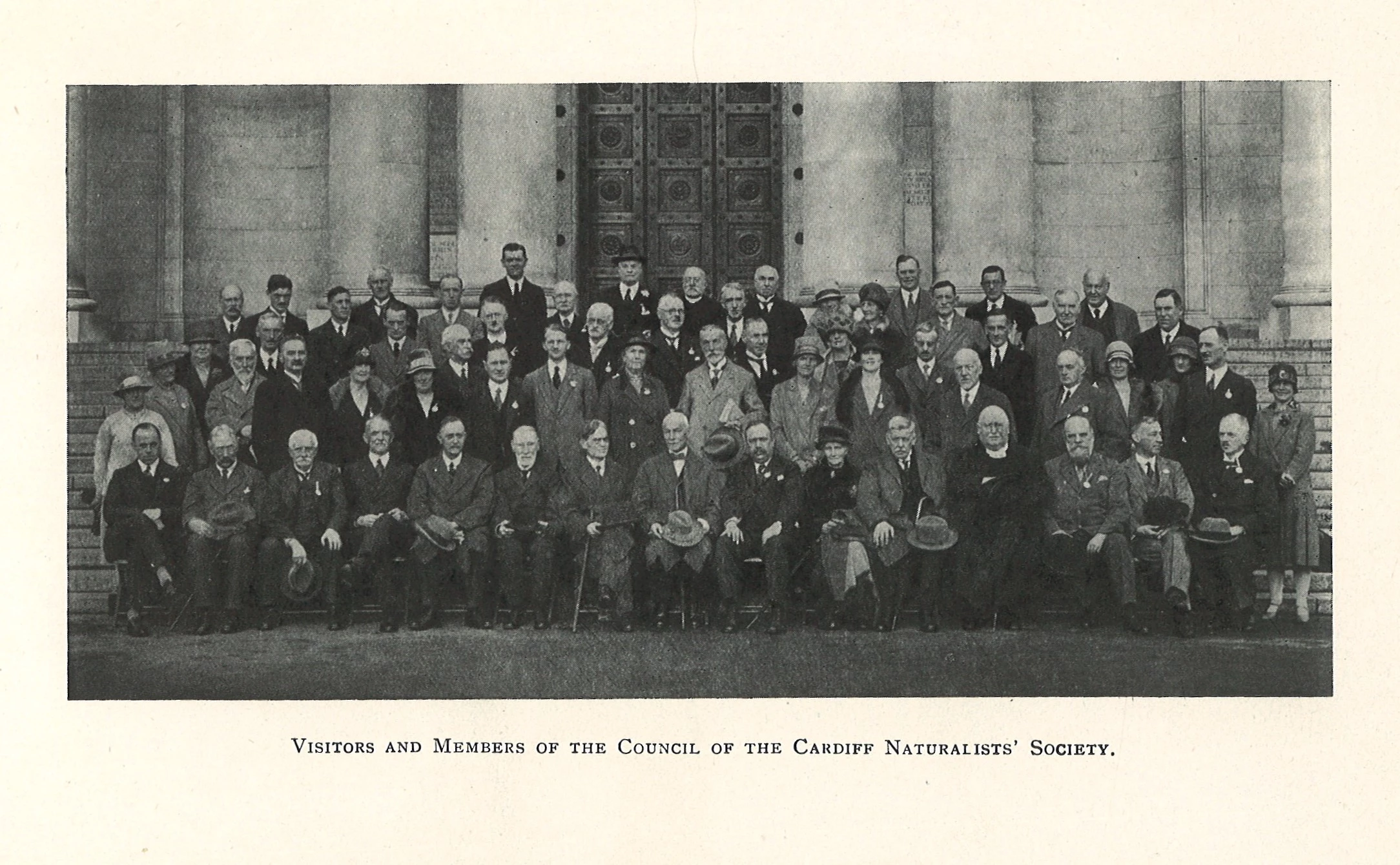
![Cardiff Naturalists' Society visit National Museum Wales in 1927 as part of their Diamond Jubilee celebrations [guide to photo above] Both images from CNS Transactions volume 60](/media/43212/version-full/CNS-image-guide.webp)
![16th Glamorgan Home Guard 'National Museum Wales section' [circa. 1940]](/media/43214/version-full/NMW-Home-Guard-WWII.webp)
![Visit of Her Majesty the Queen 18 July 1951 [Lee holding ceremonial staff]](/media/43215/version-full/Visit-of-Her-Majesty-the-Queen-18-July-1951.webp)
